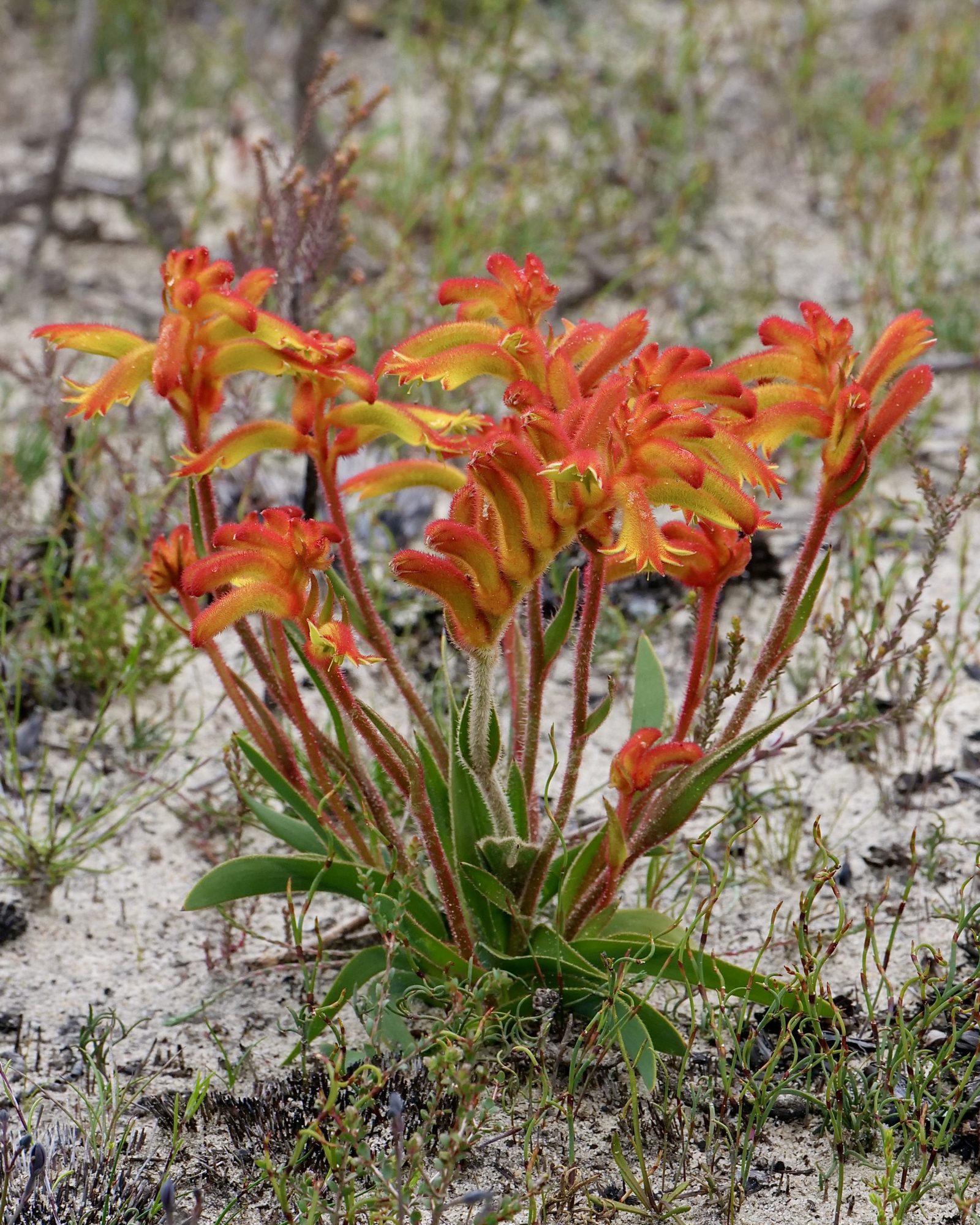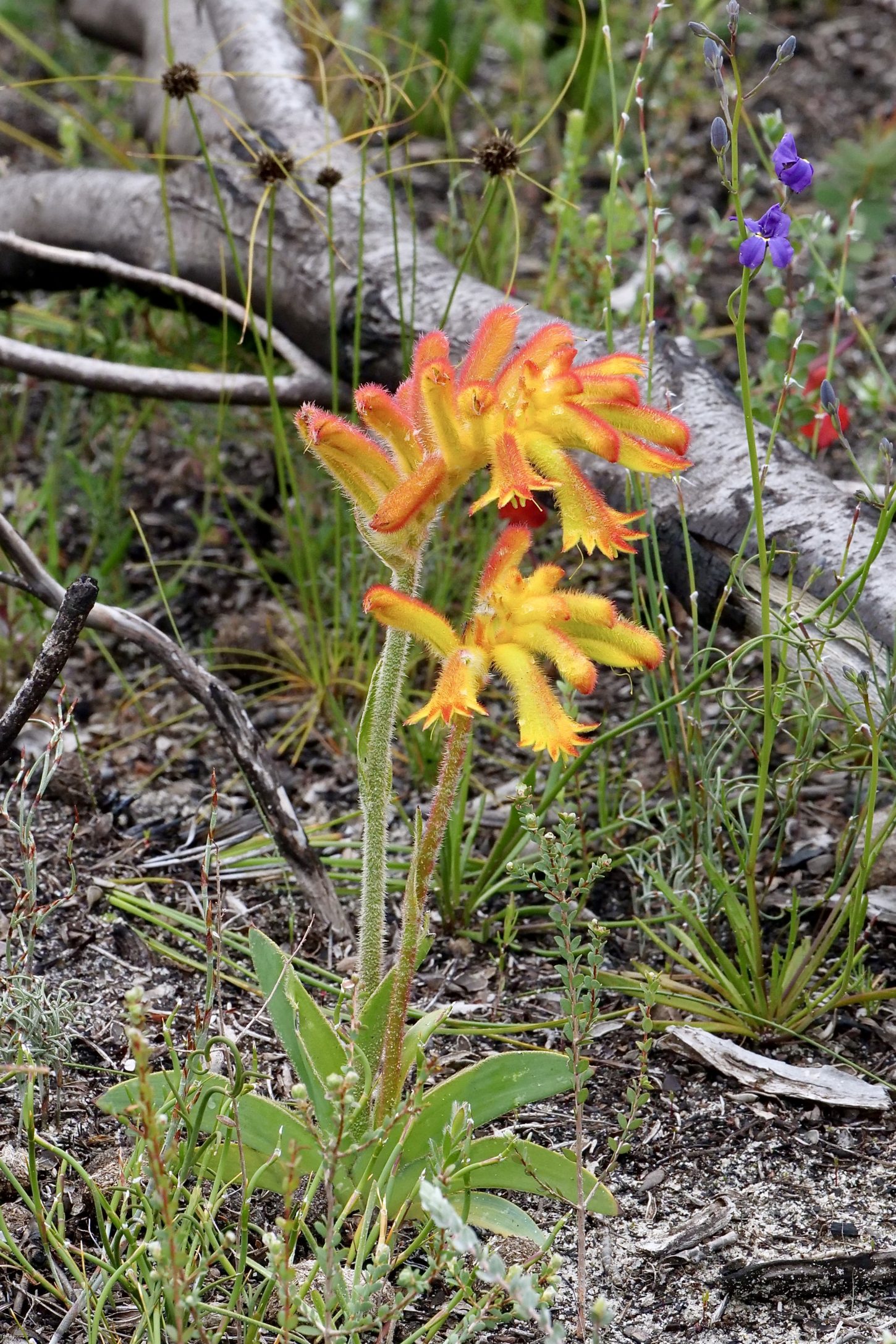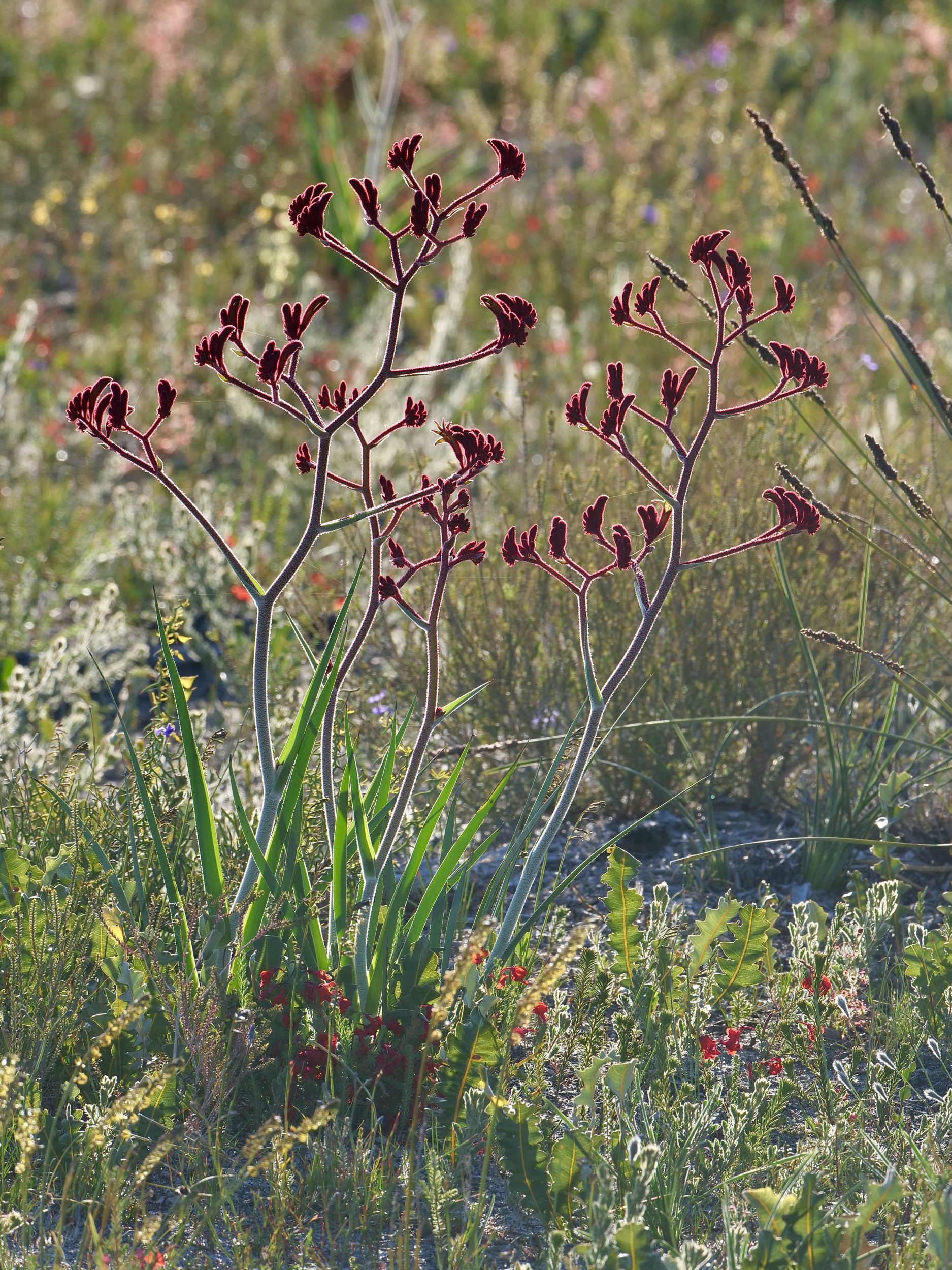Neither Cabernets, kangaroos, Communists, nor U.S. Republicans – and never married to Alan Bond…
This post’s “Big Reds” are uncommonly splendid, very upstanding members of the bloodwort family, Haemodoracea.
As this post illustrates, they are at their most prolific and most spectacular when a good flower season occurs in the wake of a not-too-hot fire in “their” heathland.
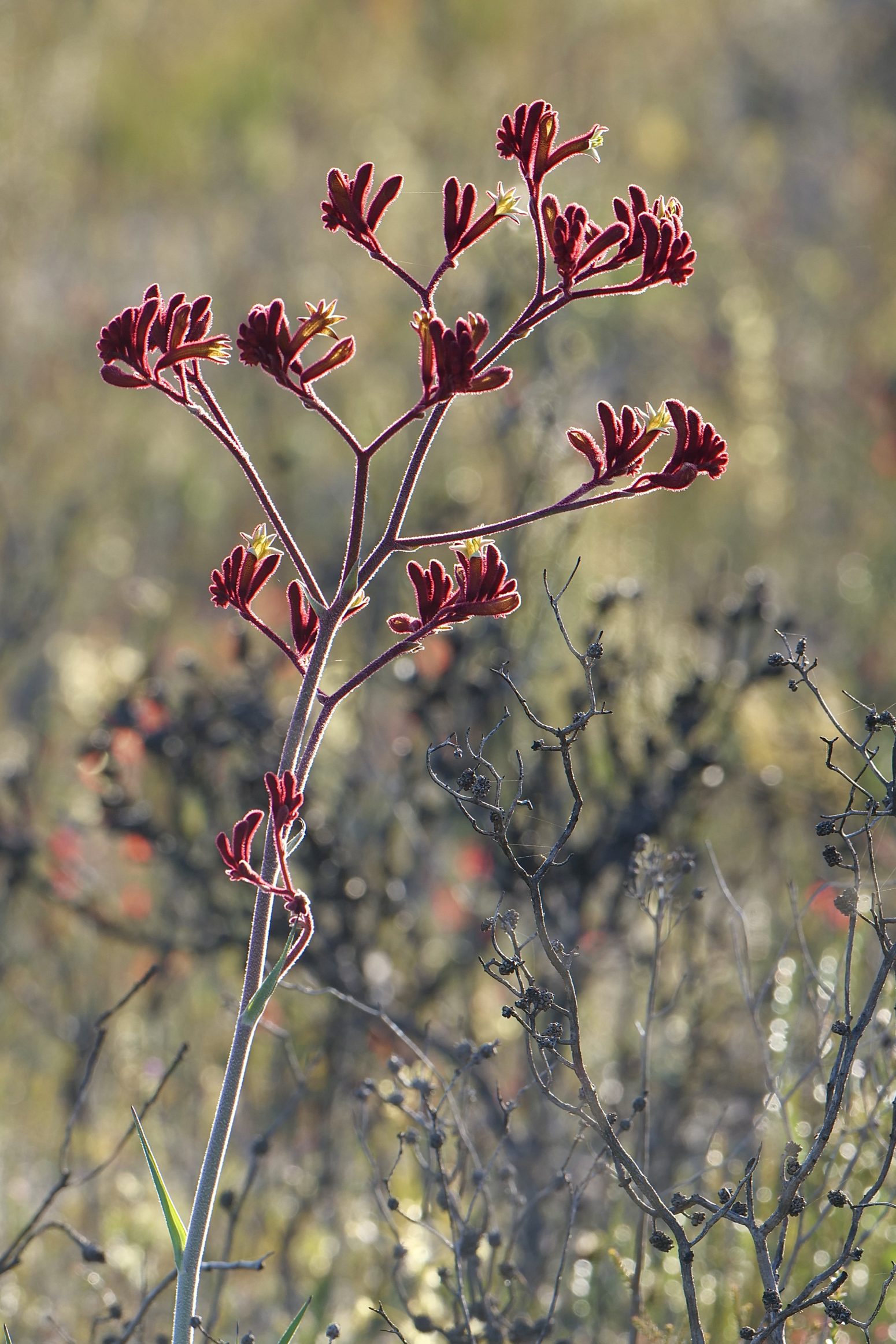
Anigozanthos Rufus – the Red Kangaroo Paw – is a member of a rather exclusive “club”.
Anigozanthos is a genus of just eleven species, known collectively as Kangaroo Paws.
They occur naturally only in parts of southwest Western Australia, alway on “poor” soils.
Seven of the Anigozanthos species (there is also a still-growing number of subspecies and human-initiated hybrids) are “proper” Kangaroo Paws. The other four are Cat’s Paws.
(the one other “proper” Kangaroo Paw is Macropidia Fulginosa – the Black Kangaroo Paw. The single member of its genus, it has, arguably, the most astonishing flowers of them all. Click this to see them, in a previous post)
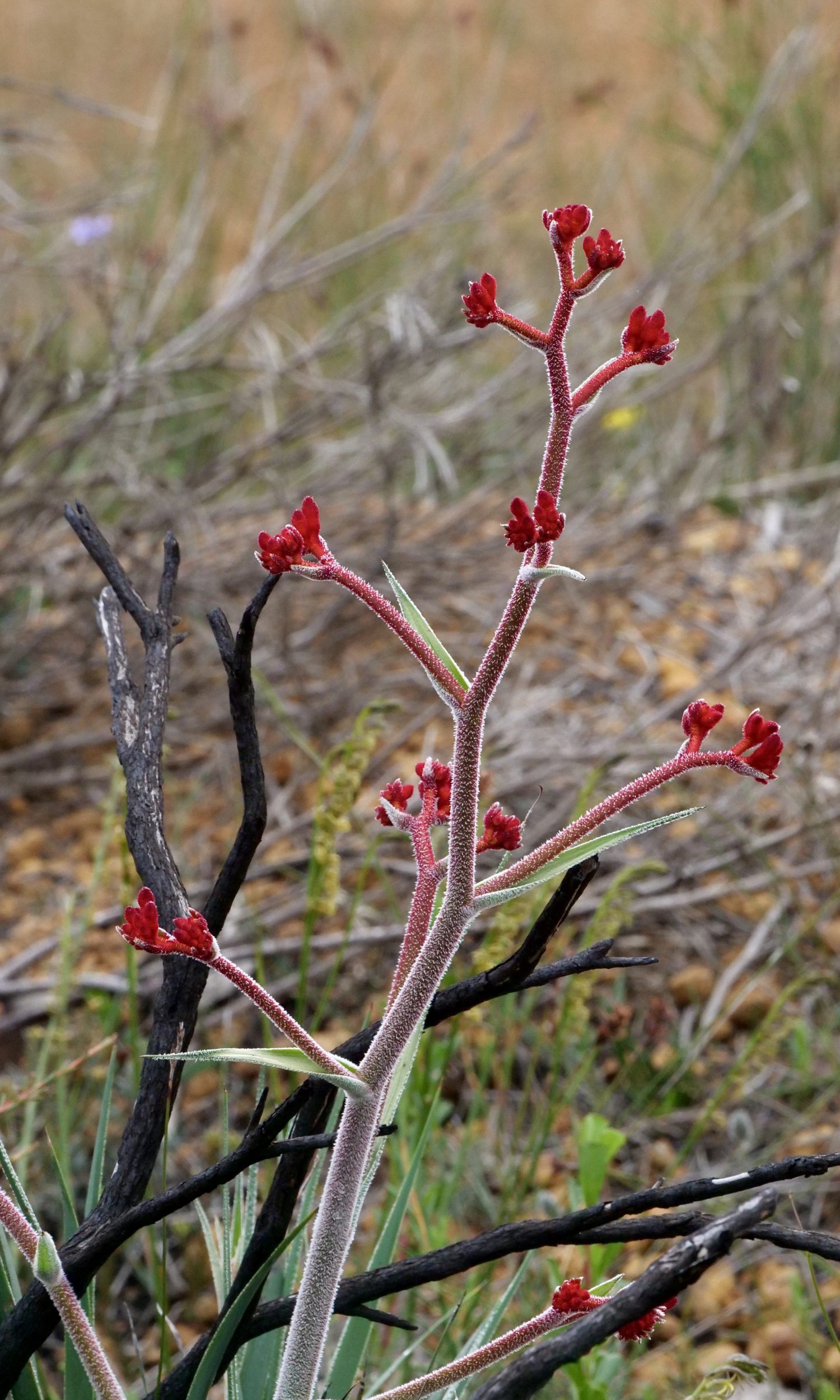
Any wildfflower-lover lucky enough to have been in the Fitzgerald Biosphere in Spring 2021 had a Panglossian experience, sans Voltaire’s satirical perspective: if you were present in September 2021 you truly were in the best of all possible regions, at the best possible time.
My beloved and I have lived in WA for nearly four decades, and are well-travelled, internationally; believe us – claims made that the Fitzgerald Biosphere is one of the most botanically rich, utterly singular places on “our” planet are not mere “tourism hype”.
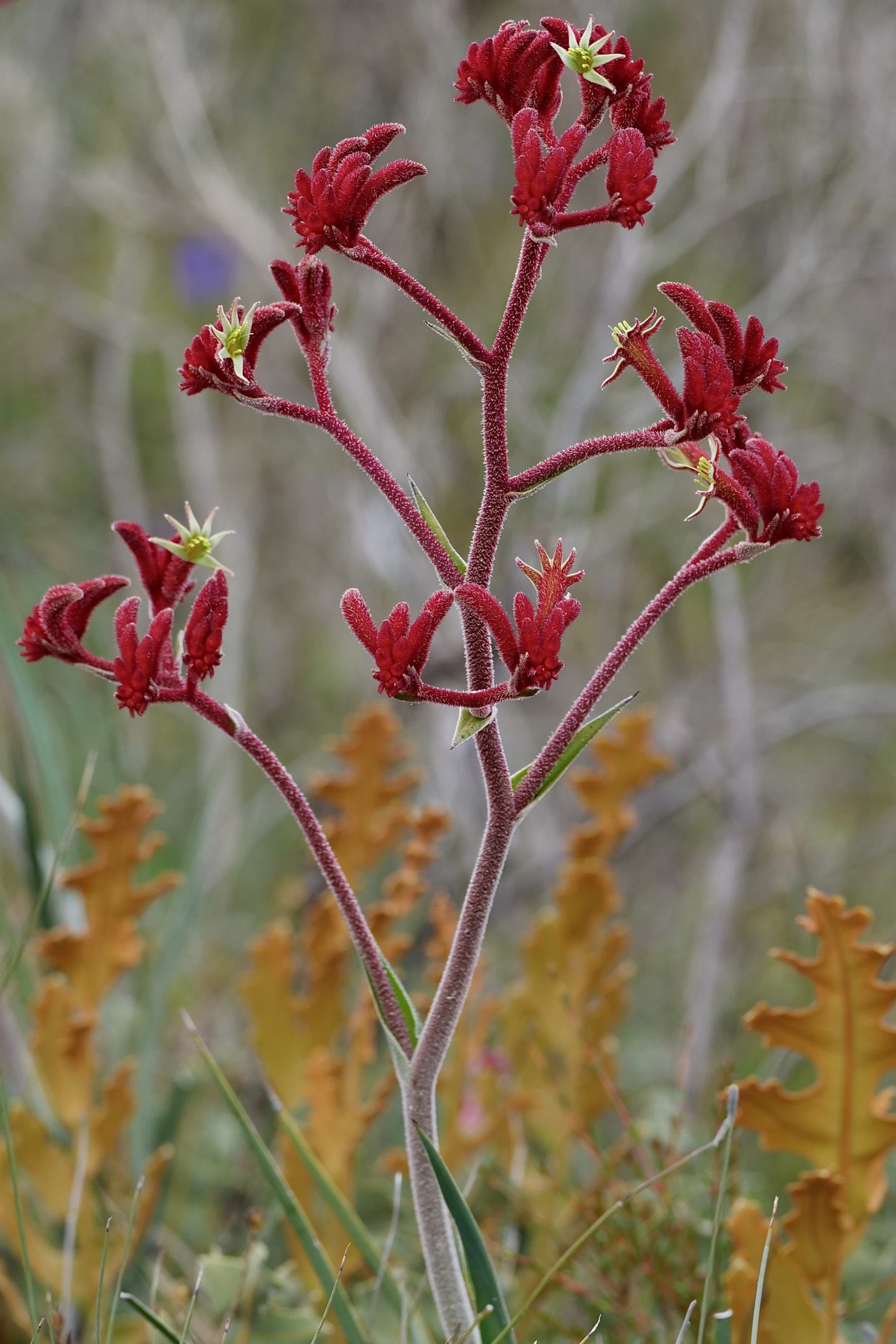
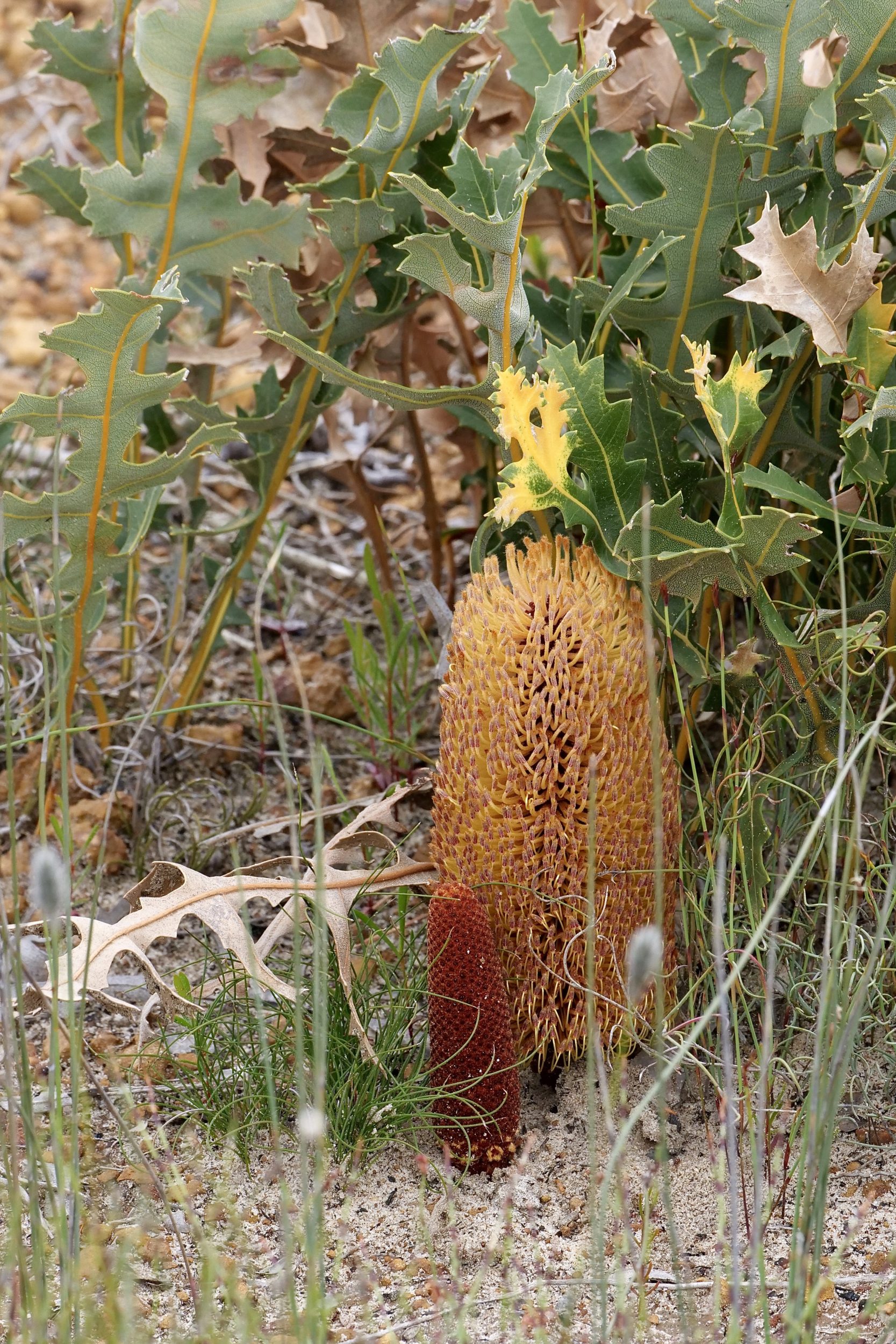
The turn-off onto Dunns Swamp Road is to the right, circa 3 ks north of Hopetoun, as you head out on the main road that leads to Ravensthorpe.
Once you have passed Hamersley Drive – on your left side, Hamersley is the prominently signposted road into Fitzgerald River National Park – the discreetly-signposted Dunns Swamp Road is several hundred metres away.
When we were there the track into the actual swamp was impassable and well under water, but Dunns Swamp Road was quite ok for any 2WD.
The “burnt” section of heathland on the seaward side of Dunn’s Swamp Road was an amazing sight, even when viewed through the car window.
There, in September, one would routinely expect to see more than a few wildflowers, including Anigozanthos Rufus.
In September 2021, however, that location had the most spectacular “explosion” of uncommonly many, uncommonly tall, and uncommonly splendid Red Kangaroo Paws that I have ever seen.
Of course, closer views were infinitely more rewarding than “car window” ones, notwithstanding the utterly-unavoidable mosquitoes…they were also enjoying a phenomenally productive Spring.
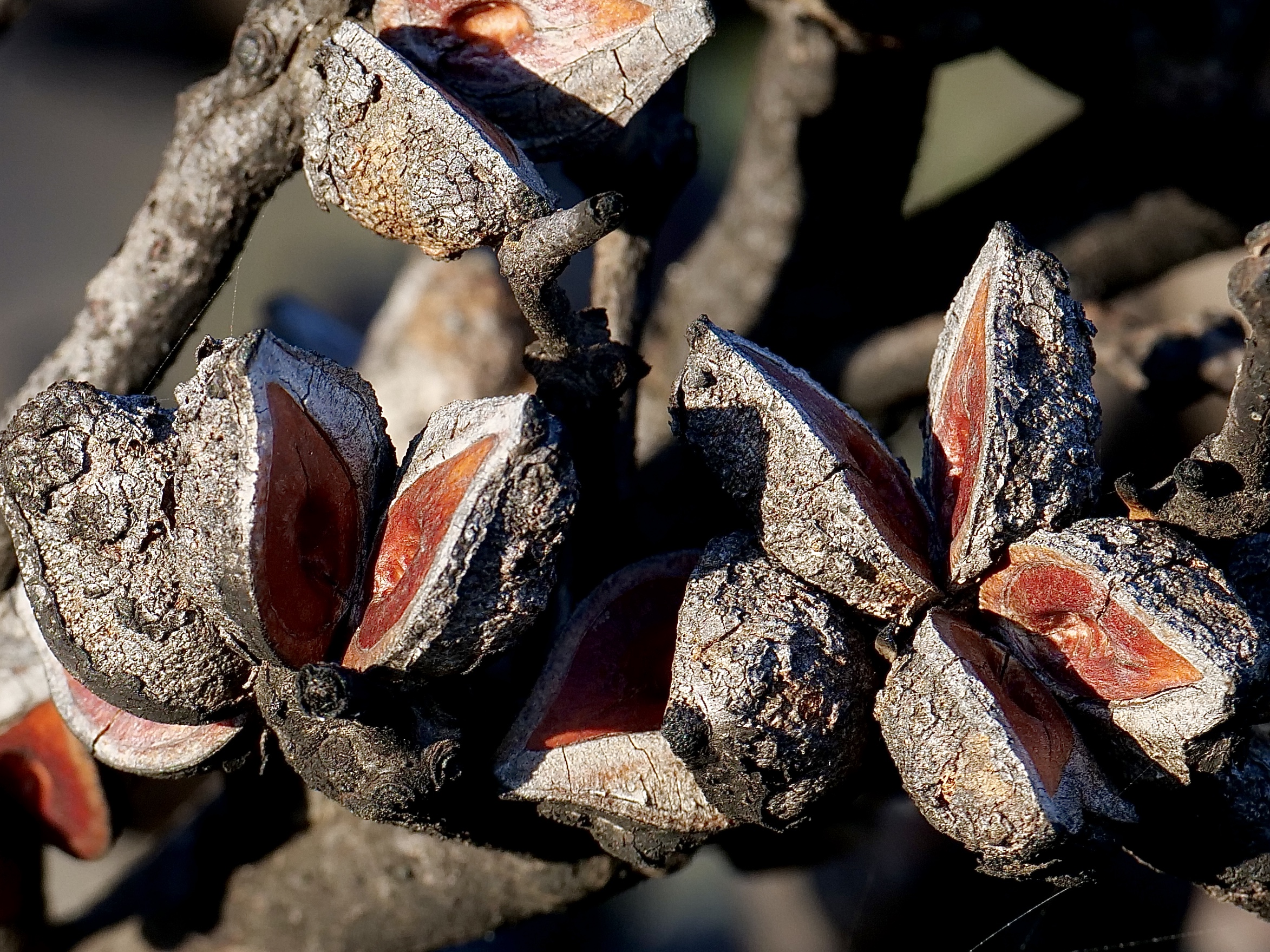
Red Kangaroo Paws dominated the “view from a passing car”, but they were comprehensively outnumbered by their much shorter Cats’s Paw “cousins”.
